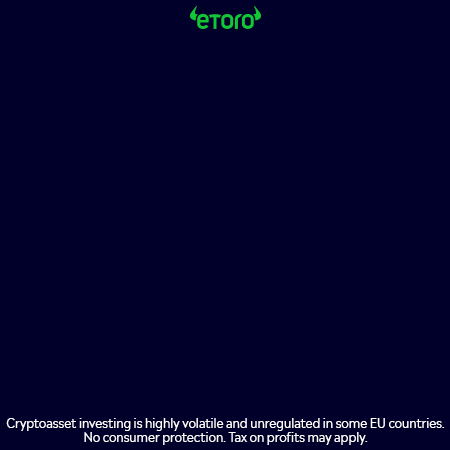The extraordinary high inflation revealed Tuesday by Labor Department data is a result of Russia’s war against Ukraine, according to the White House.
Biden’s administration is in damage control mode in advance of the latest inflation data. This is likely to show that the cost of living has risen in March and increase recession fears.
According to White House press secretary Jen Psaki, “We expect March CPI headline inflation to be extraordinarily high due to [Russian president Vladimir] Putin’s price rise.” “We expect a significant difference between the headline and core inflation due to the global disruptions in the energy and food markets caused by Russia’s invasion.
According to FXStreet data, the consumer price index (CPI) will be released on Tuesday at 12:30 UTC. It is expected to show that prices for a basket of goods or services, which are typically bought by certain groups of households, rose 8.3% in March, following February’s 7% increase. This would be the highest figure in at least 40 years.
Core inflation, which excludes volatile food and energy components, is expected to have increased 6.6% year-on–year, compared with 6.4% in February.
Psaki said that the difference between the two metrics could be attributed to an unusually high gas price increase last month. Psaki stated that gas prices have been more than one dollar higher at times before the invasion. Therefore, an approximately 25% increase in gas prices tomorrow will cause inflation.
The White House warned of a large increase in headline CPI because of volatile food and energy. This was perhaps to calm market nerves before the data. In the wake of the CPI release, risk assets, such as bitcoin, were under pressure. This was due to fears that a reading above 8% would increase the case for higher rates and balance sheets runoff by Federal Reserve (Fed).
Federal Reserve Governor Lael brainard stated last week that “bringing down inflation is of paramount importance.” Brainard spoke in a hawkish tone and advocated interest rate increases and a quick balance sheet runoff to return the U.S. monetary policies to a “more neutral” position later in the year.
The White House may expect headline inflation to slow in the next months as panic in the energy markets has subsided, according to Psaki’s comments. According to the American Automobile Association, gas prices in the U.S. have fallen to $4.11 per gallon after hitting a record high of $4.33 on March 11. According to TradingView, the West Texas Intermediate crude oil traded at $96 per barrel at press time. This is 23% lower than the $123 record set a month ago. After Russia’s invasion of Ukraine in February, energy prices rose.
It remains to see if investors will take into account the White House’s views and remain calm in the event of a CPI print above 8%. Markets could be re-energized if expectations are not met.
However, there is still uncertainty about the future of animal spirits in asset market markets. This is despite growing consensus that low inflation and low liquidity may be over.
Watch the US CPI printing >9%…!?The White House has the data before official release.#inflation https://t.co/74a0YIlE6x
— Alexander Stahel 🇺🇦 (@BurggrabenH) April 11, 2022
In a speech this month, Agustin Carstens (general manager of the Bank for International Settlements), stated that “we may be on the cusp a new inflationary age”. The forces that drive high inflation may continue for some time. As workers seek to compensate for the inflation-induced decreases in their real income, new pressures are emerging.
“It is clear that policy rates must rise to levels more suitable for the higher inflation environment. Carstens said that it is most likely that real interest rates will need to rise to neutral for a while to moderate demand.










